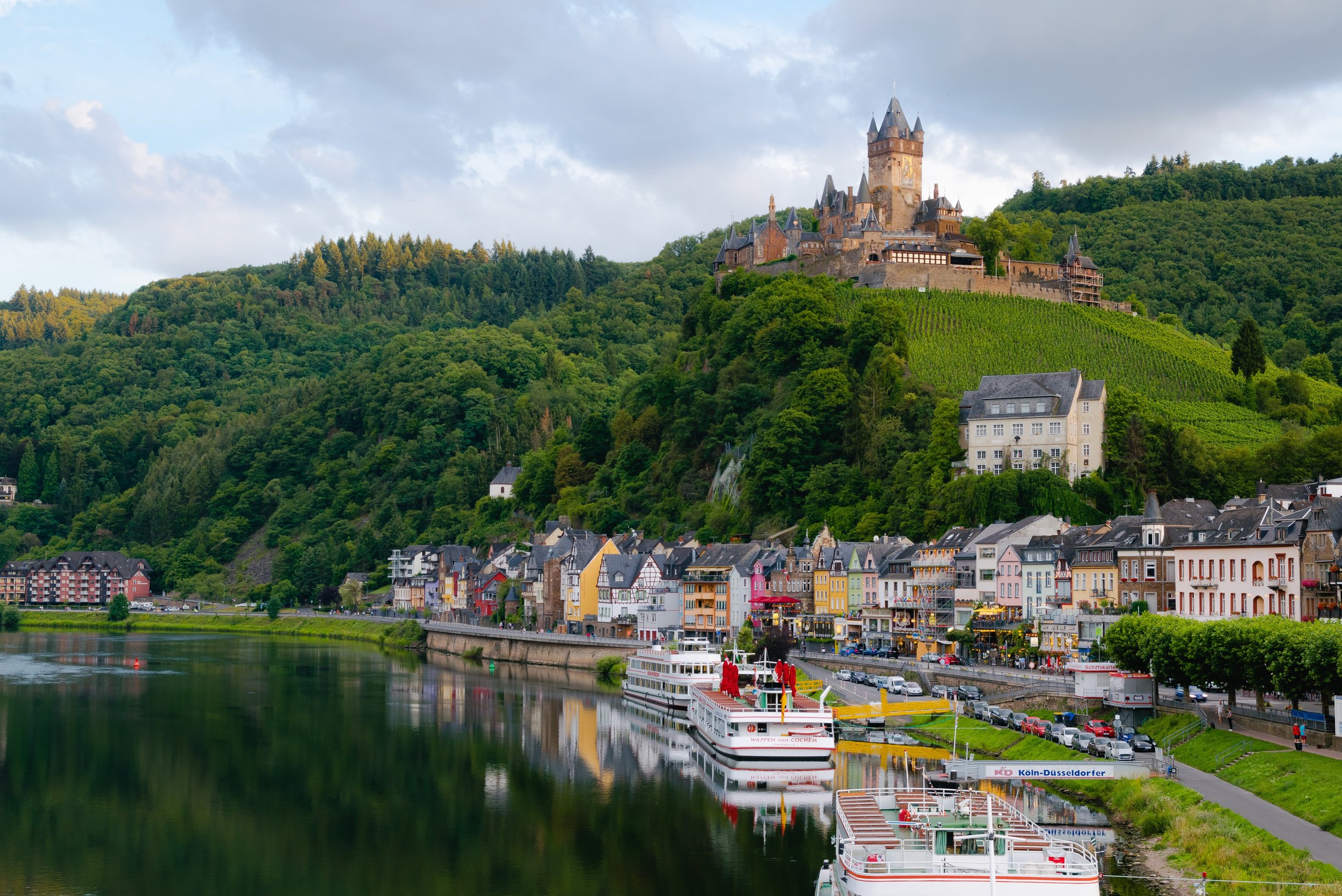A Simple Guide to Planning Your Next Trip to Europe
Europe is a continent full of history, beauty, and culture. Knowing where to start when planning a trip there can be challenging. With so many different countries and cultures, it's hard to ensure you see everything you want while avoiding tourist traps. This guide will walk you through the basics of planning your next trip to Europe. We'll cover everything from deciding when to go to choosing the suitable hotels and activities for your budget. Let's get started!
1. When to go
The best time to visit Europe depends on what you want to see and do. The spring and fall shoulder seasons are ideal if you're interested in outdoor activities. The weather is milder than in summer, but there are still plenty of daylight hours. However, if you're more interested in city sightseeing, you might want to visit during the summer when the days are the longest. Remember that peak tourist season is usually from June to August, so accommodation and travel prices will be higher during those months. If you have some flexibility with your dates, it's worth checking online for deals on flights and hotels. You can often find great discounts if you're willing to travel during shoulder season or mid-week.
2. Where to go.
Again, this will depend on your interests. Are you looking to explore big cities or experience quaint villages? Do you want to see famous historical landmarks or soak up the local culture? Once you've decided what kind of trip you're looking for, research where the best places are to visit. If you're interested in history, Rome, Athens, and Barcelona are all excellent choices. For stunning architecture, check out Prague or Vienna. And if natural beauty is what you're after, consider a trip to Norway or Iceland. No matter your interests, there's sure to be a place in Europe that's perfect for you.
3. What to Pack.
This is a tough one because Europe has such diverse weather. If you're travelling during the shoulder seasons, pack layers you can easily take on and off. A light jacket or sweater will be useful for cooler days, but you'll also want to have some shorts or dresses for when the sun comes out. And don't forget comfortable hiking gear from EcoGearFX! You'll be doing a lot of walking, so ensure your footwear is up to the task. For summer travel, focus on lightweight clothing that will keep you cool in the heat. But, again, comfortable shoes are a must. And if you're planning to visit any churches or religious sites, remember to pack a scarf or shawl to cover your shoulders and knees. I personally love packing everything into a travel rucksack (think of it as a huge backpack). The one linked in this post is a great backpack for travel!
4. Where to Stay.
There are many different types of accommodation in Europe, from camping and hostels to five-star hotels. Hostels or Couchsurfing are great options if you're on a tight budget. You can often find rooms for as little as $20 per night, which will allow you to meet other travellers. However, if you're looking for something more comfortable, there are plenty of mid-range hotels throughout Europe. Just be sure to do your research before booking anything. Read reviews and compare prices to get the best value for your money. And if you want to splurge, there are some incredible luxury hotels in European cities like London, Paris, and Madrid.
Europe is a great continent with so much to offer. You will find it there whether you're looking for history, culture, or natural beauty. With a bit of planning and research, you can have the trip of a lifetime.
There are also more travel tips on the blog worth checking out!

